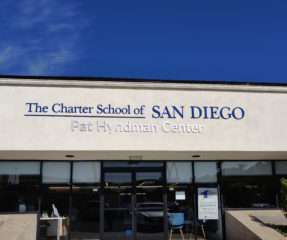STUDENT VOICES: Transfer schools offer a second chance to graduate high school
The Hechinger Report
JANUARY 28, 2020
In an effort to reengage recent dropouts, Good Shepherd founded South Brooklyn Community High School. But by the time Mayor Michael Bloomberg came into office in 2002, South Brooklyn was showing signs of promise. South Brooklyn emphasized social-emotional learning, a high counselor-to-student ratio and paid internships.





















Let's personalize your content